Cloud misconfigurations refer to security vulnerabilities in cloud computing environments that arise due to improper configuration settings or inadequate security controls. These misconfigurations can expose sensitive data, lead to unauthorized access, and compromise the integrity of cloud resources. As organizations increasingly rely on cloud services to store and process their data, cloud misconfigurations have become a significant concern.
One common example of cloud misconfiguration is the accidental exposure of storage buckets or databases to the public internet. In a cloud environment, it is crucial to properly configure access controls to limit access to authorized users. However, if these controls are not correctly applied or are mismanaged, it can result in data leakage or unauthorized access to sensitive information. Attackers can exploit these misconfigurations to gain access to data, resulting in significant privacy breaches or theft of vital corporate information.
Similarly, inadequate identity and access management (IAM) configurations can also lead to cloud misconfigurations. IAM refers to the policies and processes used to authenticate and authorize users’ access to cloud resources. If IAM policies are not appropriately implemented, attackers can gain unauthorized access to critical resources or assume the identity of authorized users, leading to potential data breaches or other malicious activities.
Furthermore, misconfigured network security groups (NSG) can pose significant risks in a cloud environment. NSGs control inbound and outbound traffic flow, allowing organizations to define firewall rules for their cloud resources. Misconfigurations in NSGs can open unnecessary ports or permit unrestricted access, making it easier for hackers to exploit vulnerabilities and gain unauthorized access to cloud resources. These misconfigurations can result in compromised systems, data loss, or even disruptions to critical business operations.
Moreover, cloud misconfigurations can also arise from weak or poorly managed encryption practices. Encryption is essential for protecting data from unauthorized access or interception. However, if encryption keys are negligently managed, stored, or shared, it can render the encryption ineffective and expose sensitive data to potential attacks. Misconfigurations in encryption practices can undermine the confidentiality and integrity of data stored in the cloud environment.
Another area where cloud misconfigurations can occur is through the use of poorly configured logging and monitoring capabilities. Effective monitoring and logging are critical for detecting and responding to security incidents in a timely manner. Misconfigurations in these areas can result in failures to detect and respond to security events and potential data breaches. For example, if log files are not correctly configured or monitored, it becomes difficult to identify and investigate suspicious activities or unauthorized access attempts.
To mitigate the risks associated with cloud misconfigurations, organizations should follow best practices and implement robust security controls. This includes conducting regular audits and assessments of cloud configurations, enforcing strong access controls and IAM policies, implementing encryption practices correctly, configuring network security groups effectively, and establishing proper logging and monitoring capabilities.
Furthermore, organizations should invest in comprehensive training and awareness programs to educate their employees about the importance of secure cloud configuration practices. By empowering employees with the knowledge and skills to identify and address misconfigurations, organizations can significantly reduce the likelihood of security breaches resulting from cloud misconfigurations.
Cloud misconfigurations represent a significant security risk in cloud computing environments. These misconfigurations can lead to unauthorized access, data breaches, and compromised systems. To mitigate these risks, organizations must prioritize secure configuration practices, regularly assess their cloud environments, and proactively address any misconfigurations to ensure the confidentiality, integrity, and availability of their cloud resources.
Discover the top 10 Providers to Comprehensive Real-Time Monitoring Across Your Multi-Cloud Setup
ESENTIRE
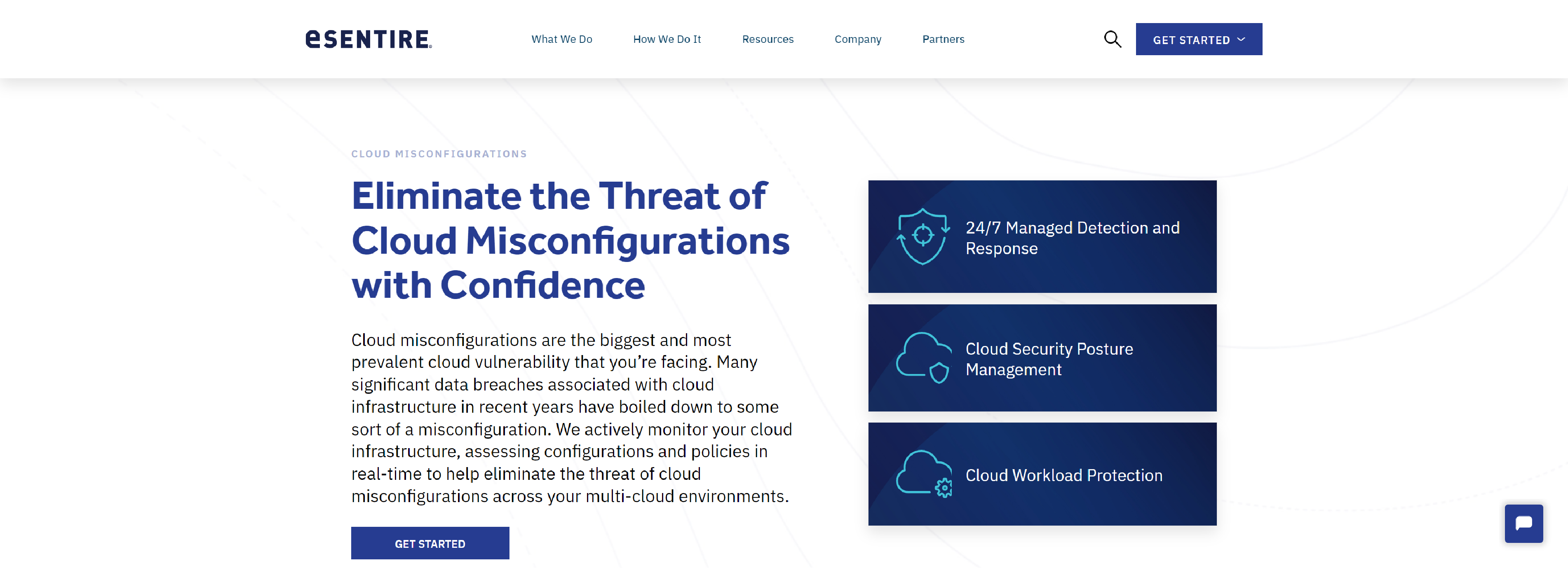
eSentire’s complete, multi-signal Managed Detection and Response services provide 24/7 cutting-edge protection to prevent cybercriminals.
- Improved ROI on multi-cloud environments
- Reduced cloud knowledge gaps
- Rapid threat detection while reducing alert fatigue
- Benchmarking your cloud application configurations against industry and organizational standards
- Reduced risk for data loss, data exfiltration, and threat actor dwell time
- Improved cyber resilience
- Getting guardrails for your developers to avoid common misconfigurations
- Enforcement of critical security rules
- Reduced cybersecurity incidents in your multi-cloud environment
- Improved time to value in managing risks at the administration level of your multi-cloud environment
- Improved cloud visibility and MITRE coverage
CHECKPOINT
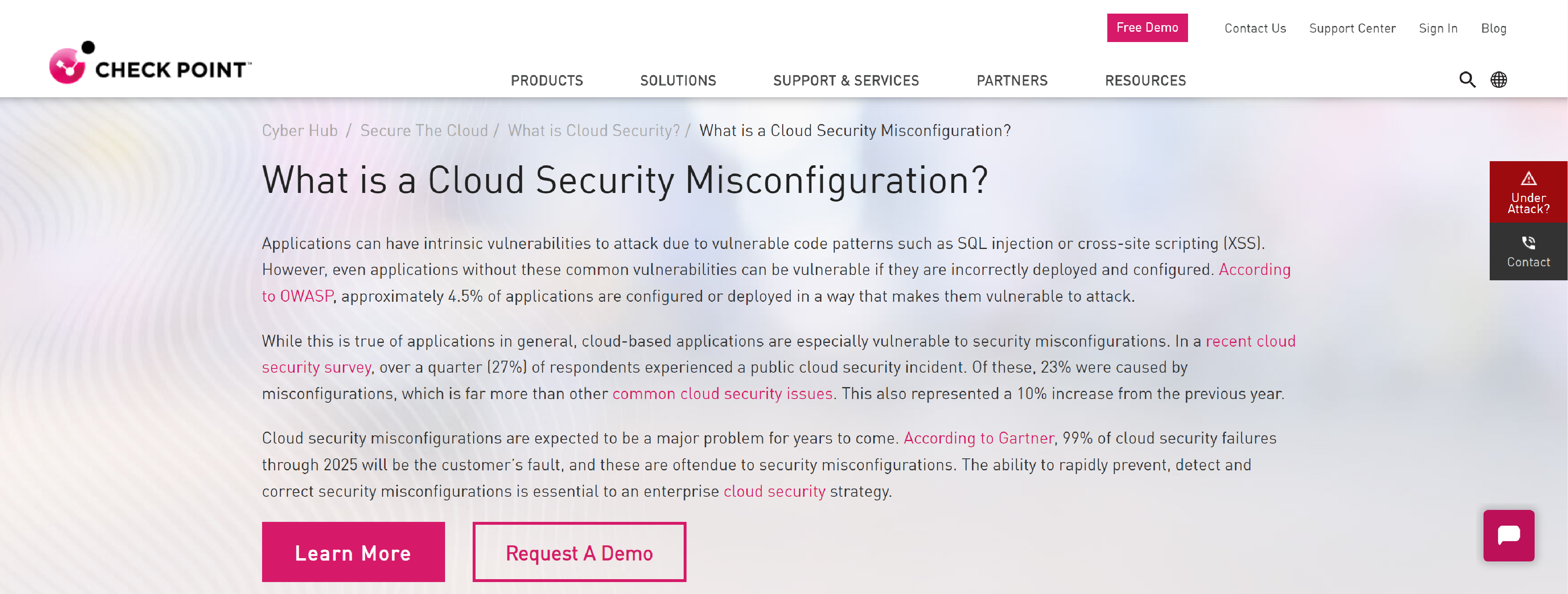
Check Point Infinity architecture delivers consolidated Gen V cyber security across networks, cloud, and mobile environments.
- Multi-Cloud Complexity
- Unchanged Defaults
- Unsecure DevOps
- Skills Gaps
- Shadow IT
TRENDMICRO
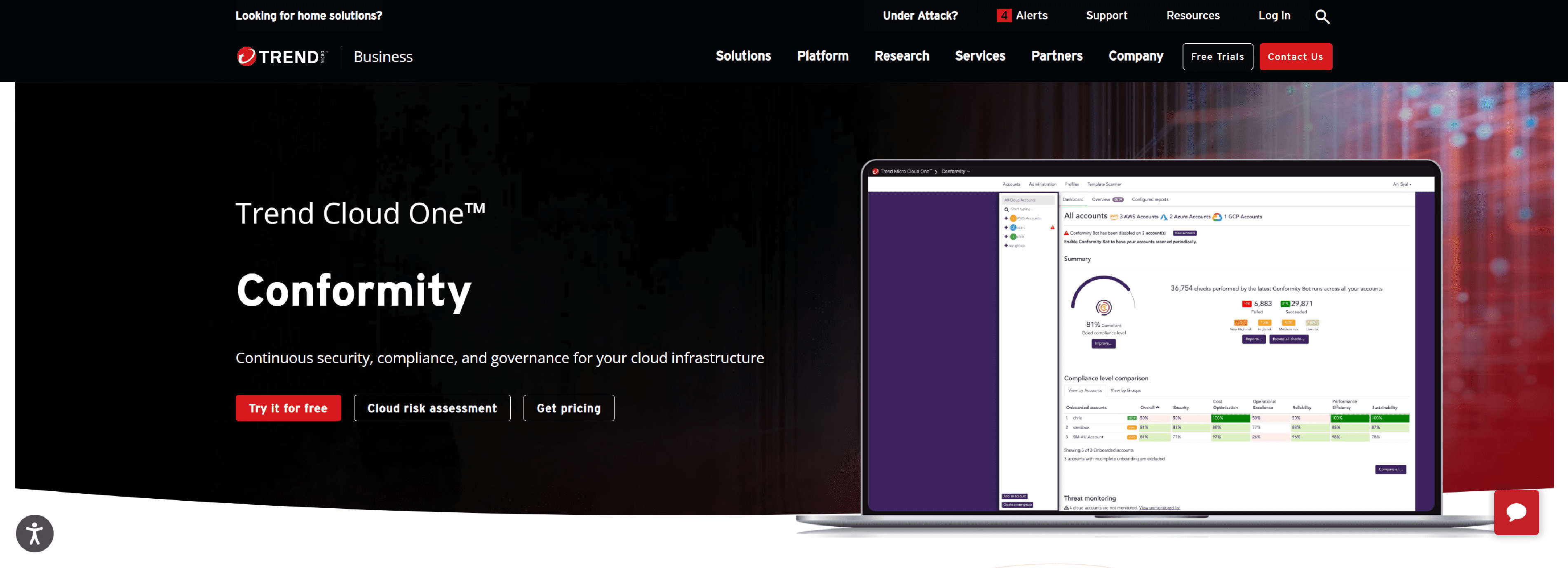
Trend Micro is the global leader in enterprise cloud security, XDR, and cybersecurity platform solutions for businesses, data centers, cloud environments, networks, and endpoints.
- Comprehensive visibility and auto-remediation
- Automated security and compliance checks
- Enable developers
WITHSECURE
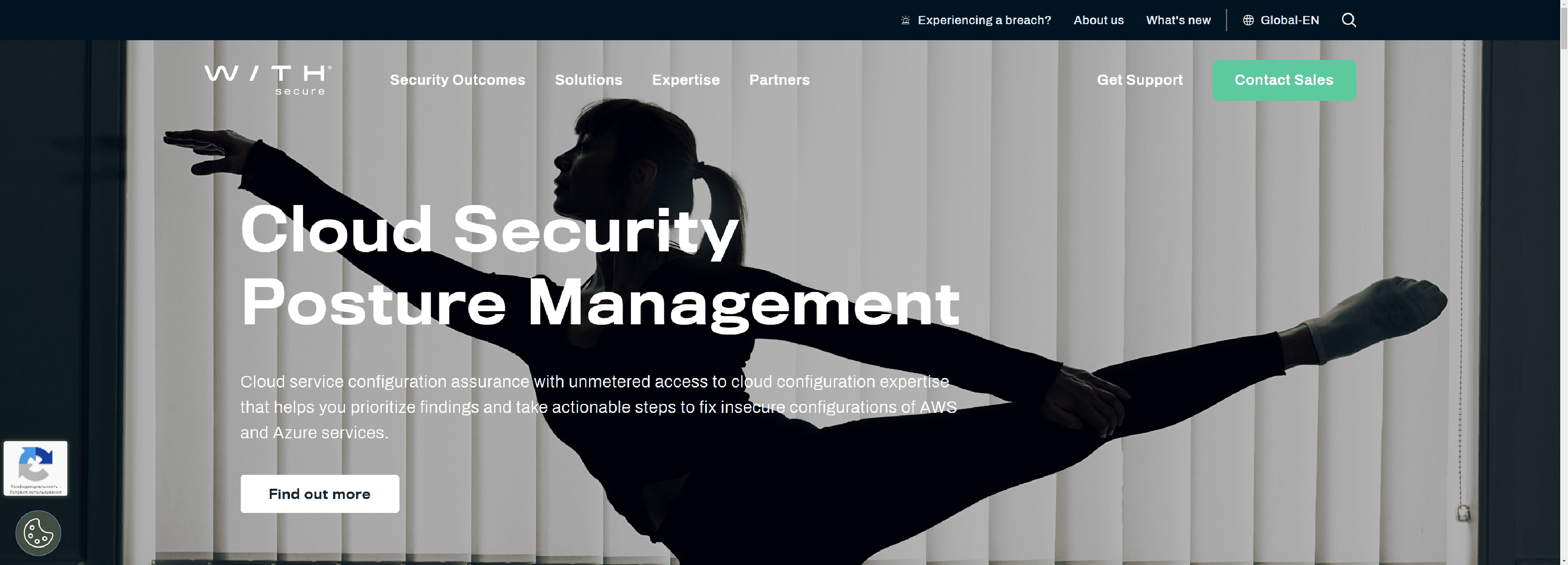
WithSecure’s Cloud Security Posture Management (CSPM) service performs configuration checks to assure cloud security, and fix AWS and Azure security issues.
- Monthly scan of AWS and Azure cloud environments and a report
- Monthly re-scan upon request
- Monthly meeting with dedicated Security Engineer and access for queries during working hours
- Continuous improvement to existing checks and addition of new ones
- Optional consulting support for analysis and remediation
RAPID7
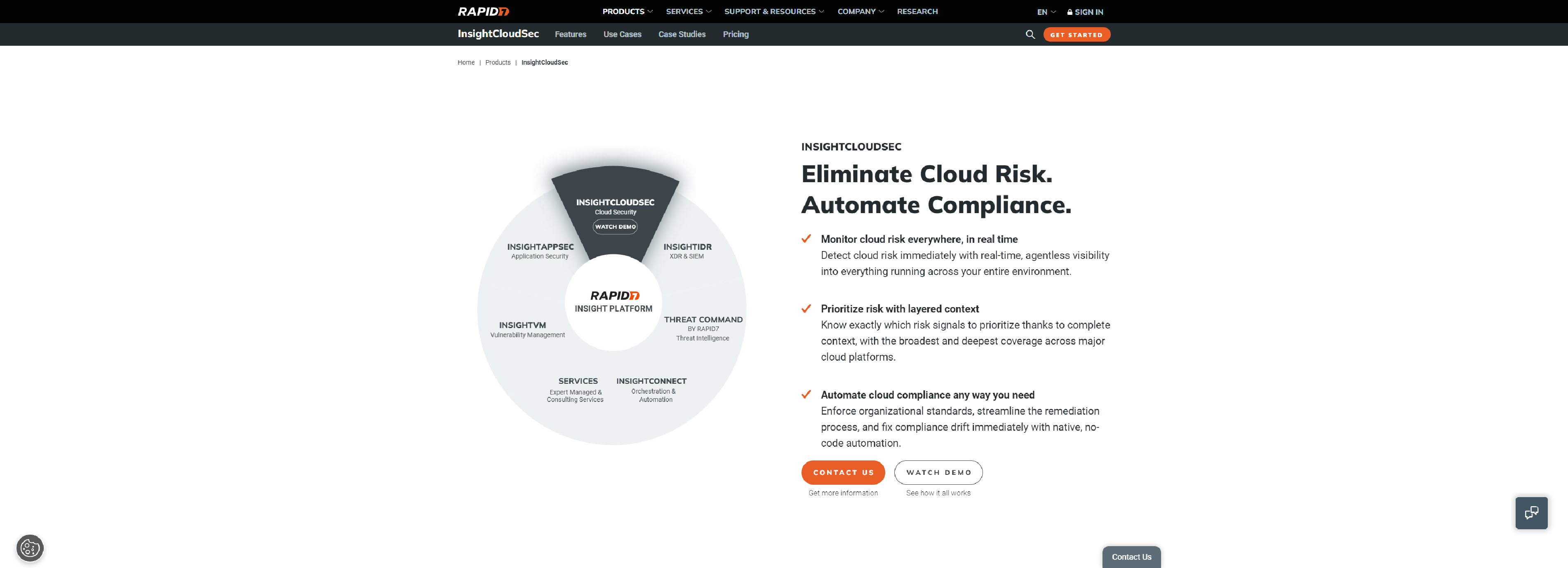
InsightCloudSec is a cloud native security platform to manage cloud security posture, secure cloud workloads govern identity & access management.
- Monitor cloud risk everywhere, in real time
- Prioritize risk with layered context
- Automate cloud compliance any way you need
- Reduce organizational risk
- Improve team efficiency and cross-team collaboration
- Consolidate your cloud security tool set
- Accelerate mean time to respond (MTTR)
CYSCALE
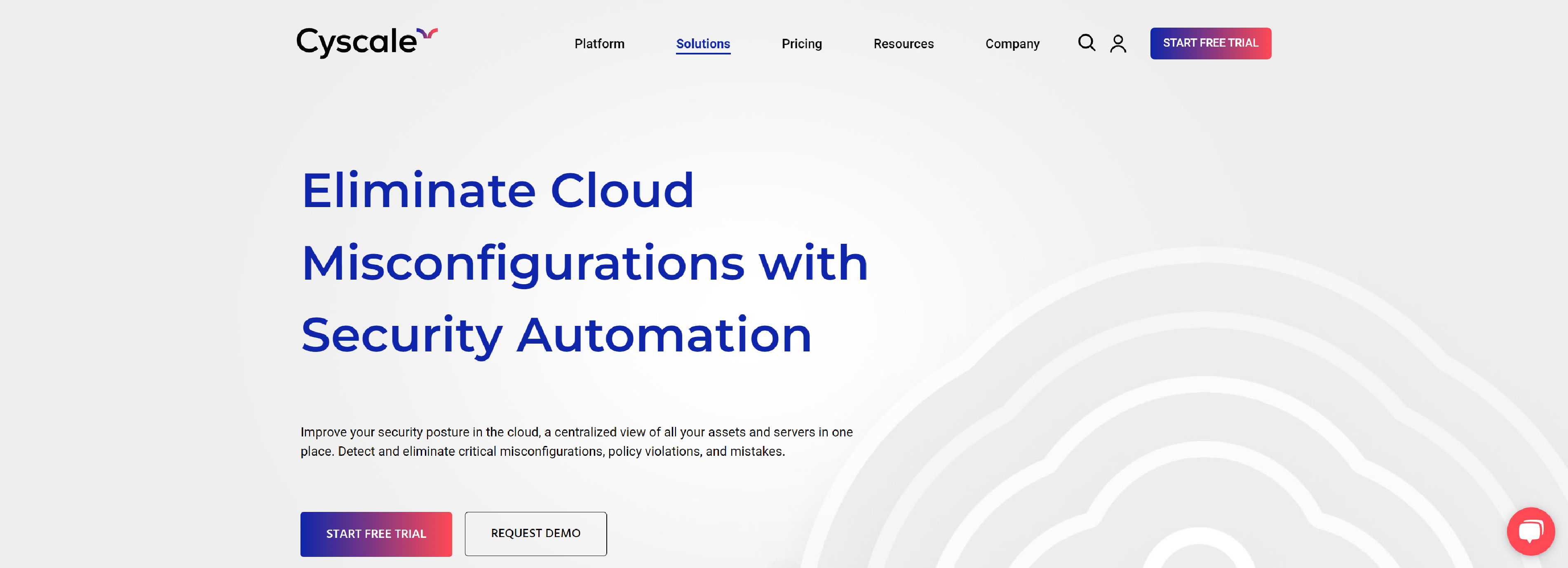
Cyscale – improve your security posture in the cloud, a centralized view of all your assets and servers in one place. Detect and eliminate critical misconfigurations, policy violations, and mistakes.
- Analyze cloud misconfigurations
- Ensure security and compliance
- 400+ unique configuration controls
- Prioritize misconfiguration risk
PALOALTONETWORKS

Prisma Cloud secures applications from code to cloud, enabling security and DevOps teams to effectively collaborate to accelerate secure cloud-native application development and deployment.
- Code to cloud
- Real-time visibility
- Threat prevention
- Security choice
- Cloud scale
SPECTRALOPS
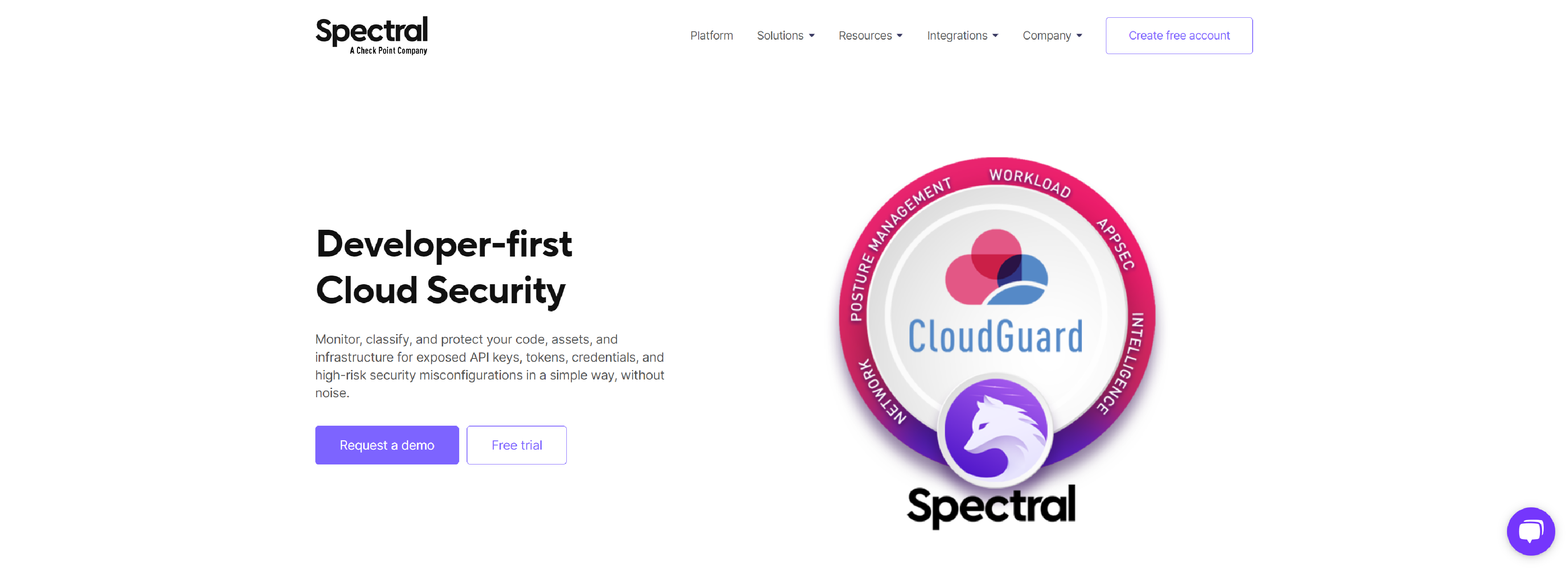
Spectral – monitor, classify, and protect your code, assets, and infrastructure for exposed API keys, tokens, credentials, and high-risk security misconfigurations in a simple way, without noise.
VULCAN

Vulcan Cyber helps IT security pros own their cloud vulnerability management programs at scale.
- Consolidate your data
- Prioritize your activities
- Report your performance
UPGUARD
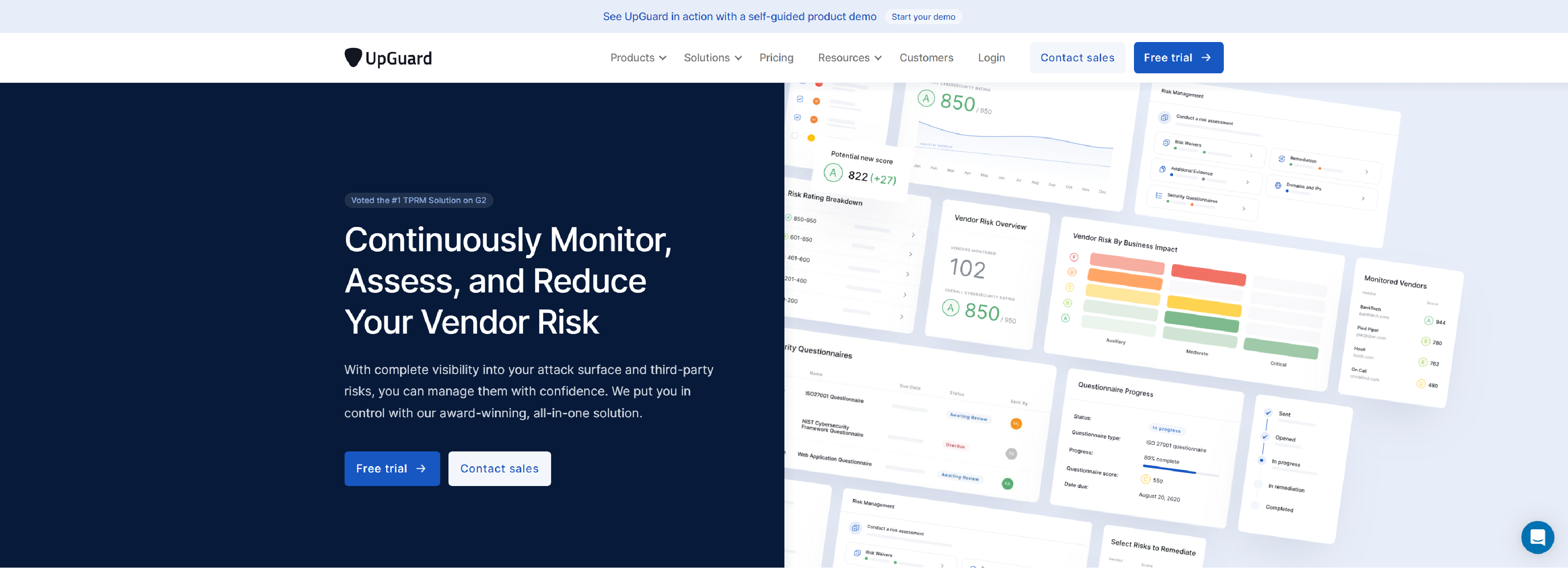
UpGuard security ratings engine monitors millions of companies and billions of data points every day.
- Always improving
- Security expertise you can rely on